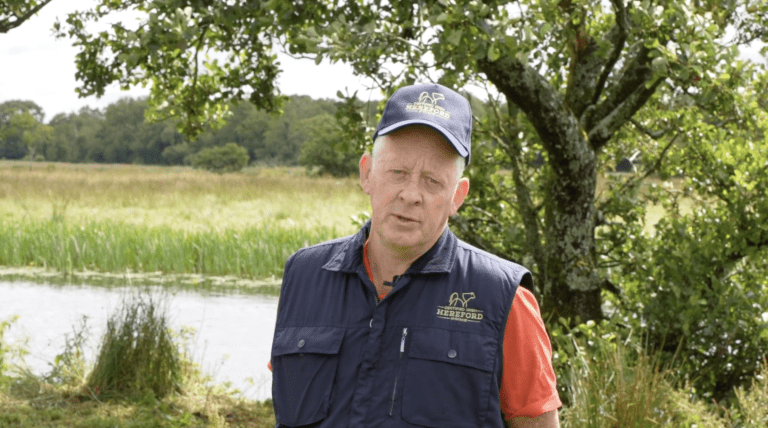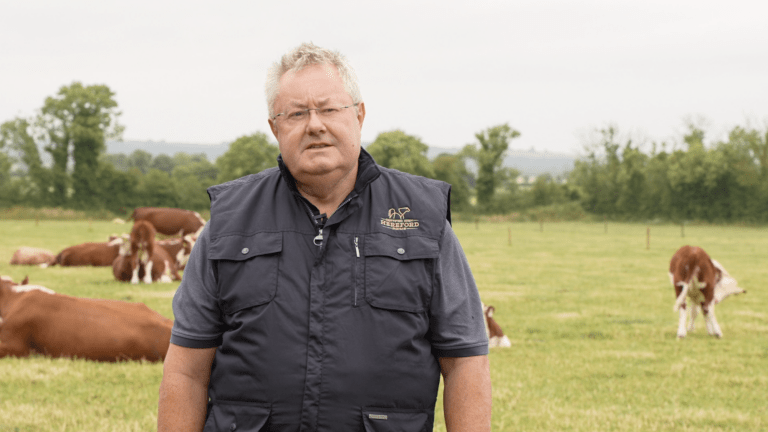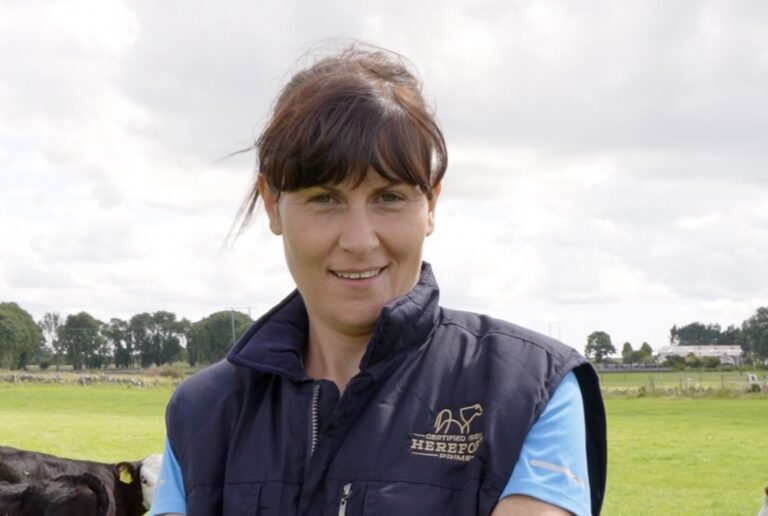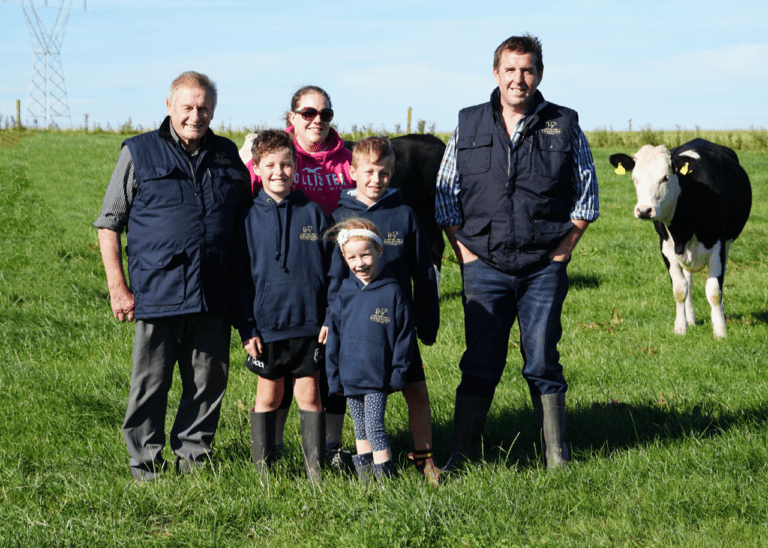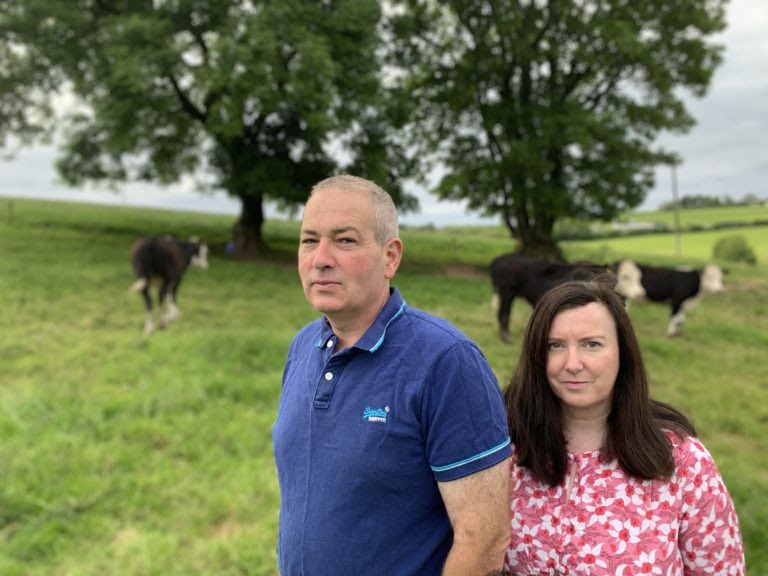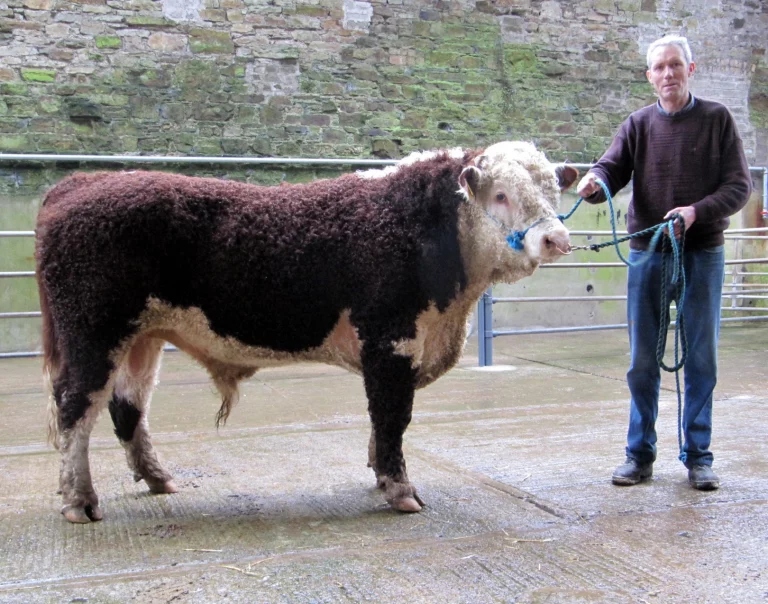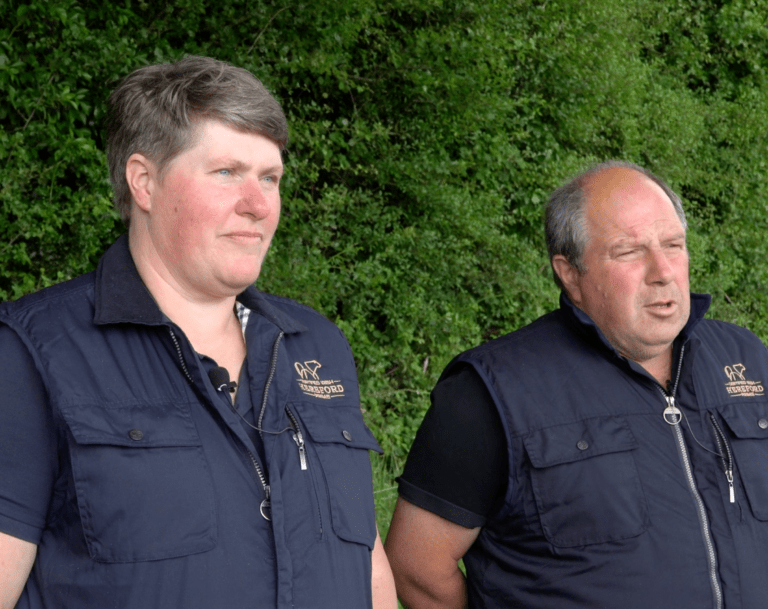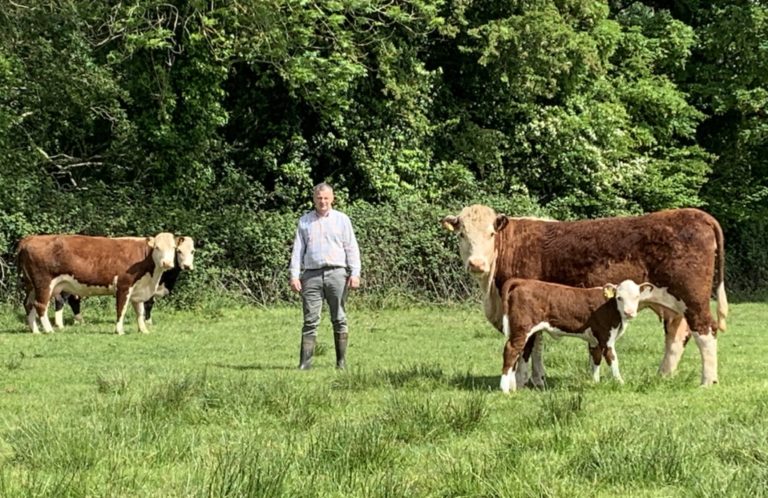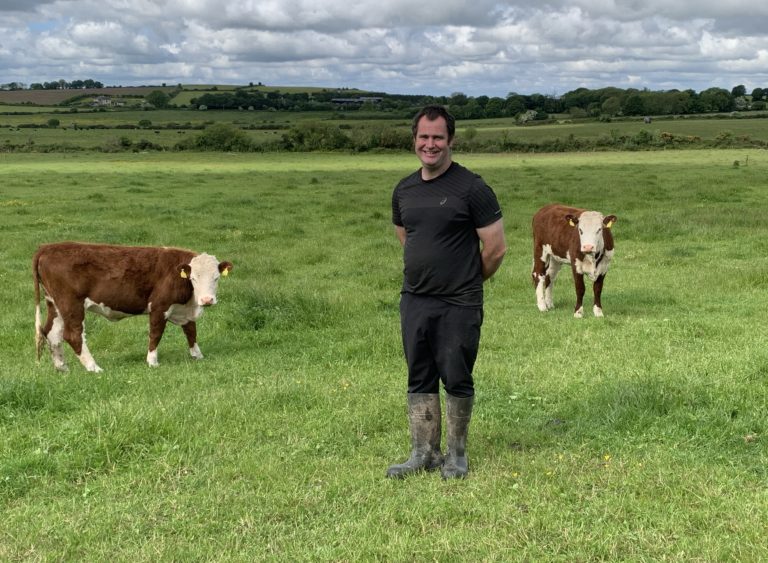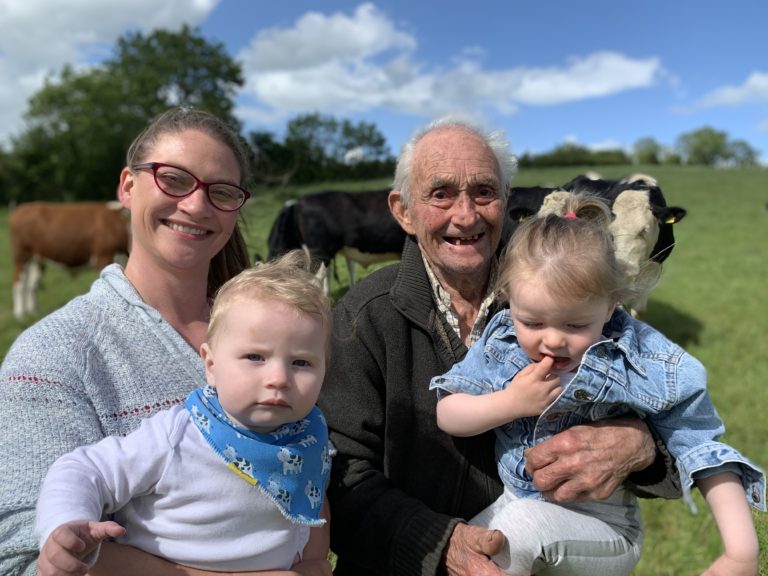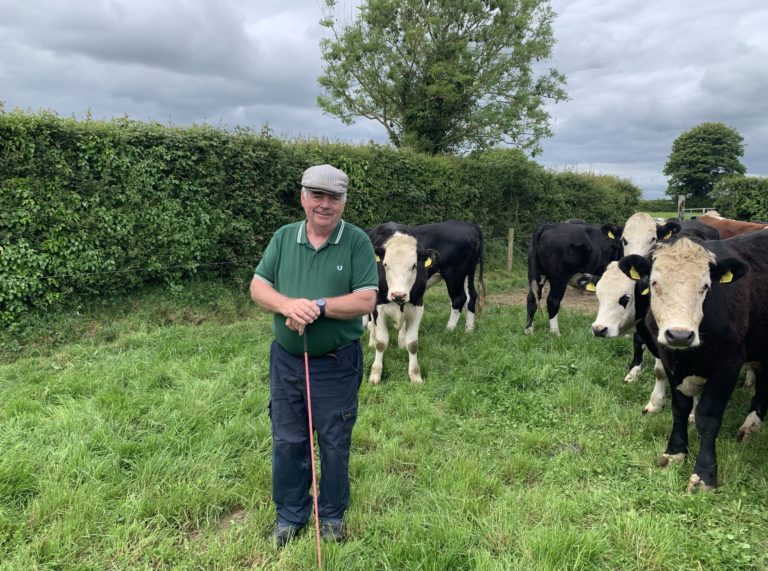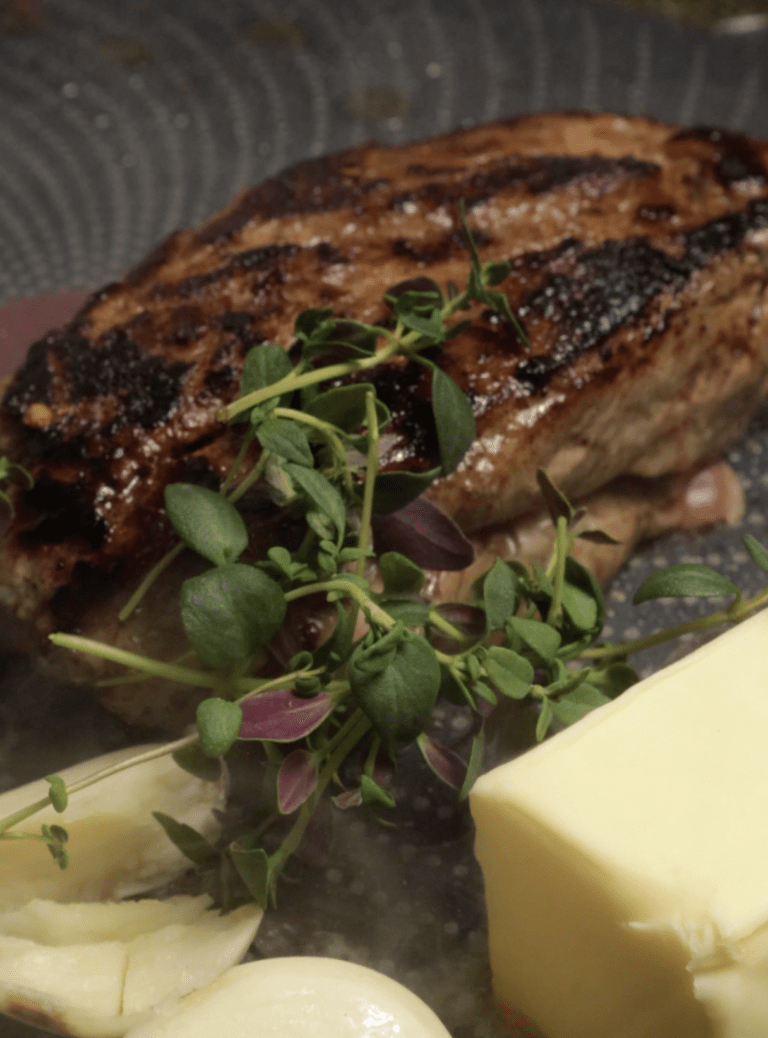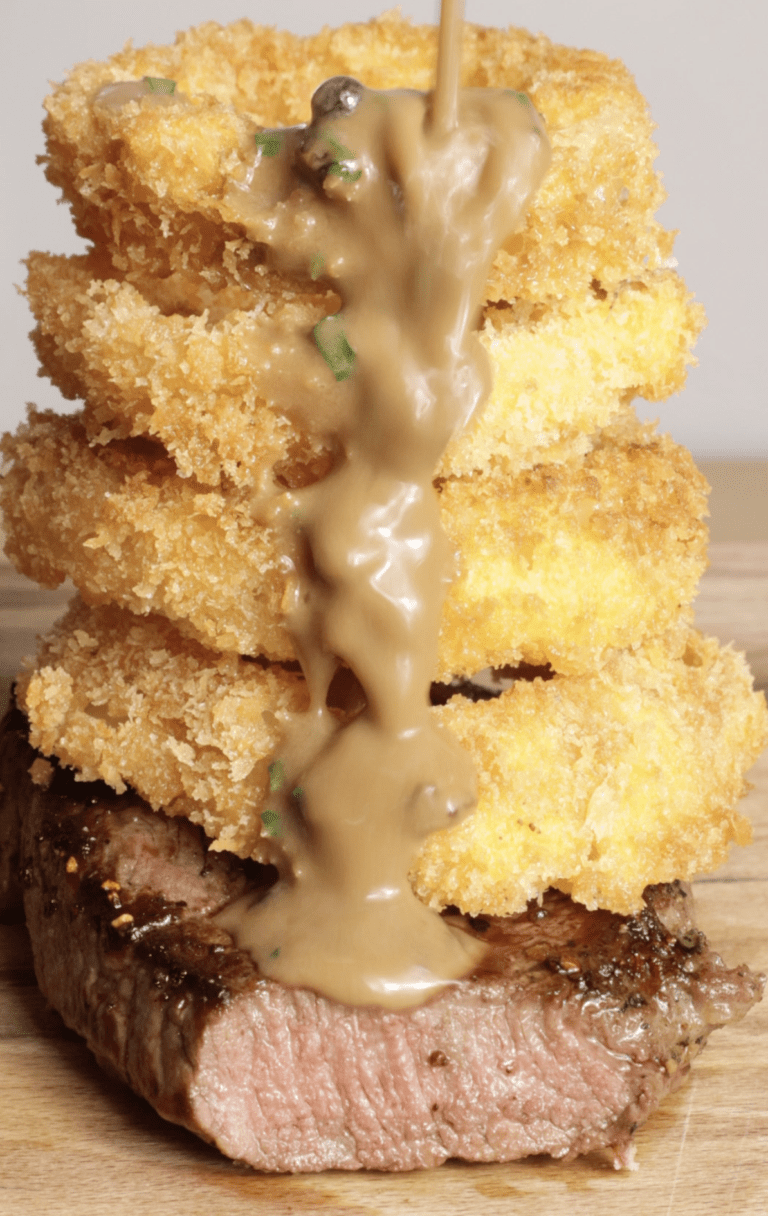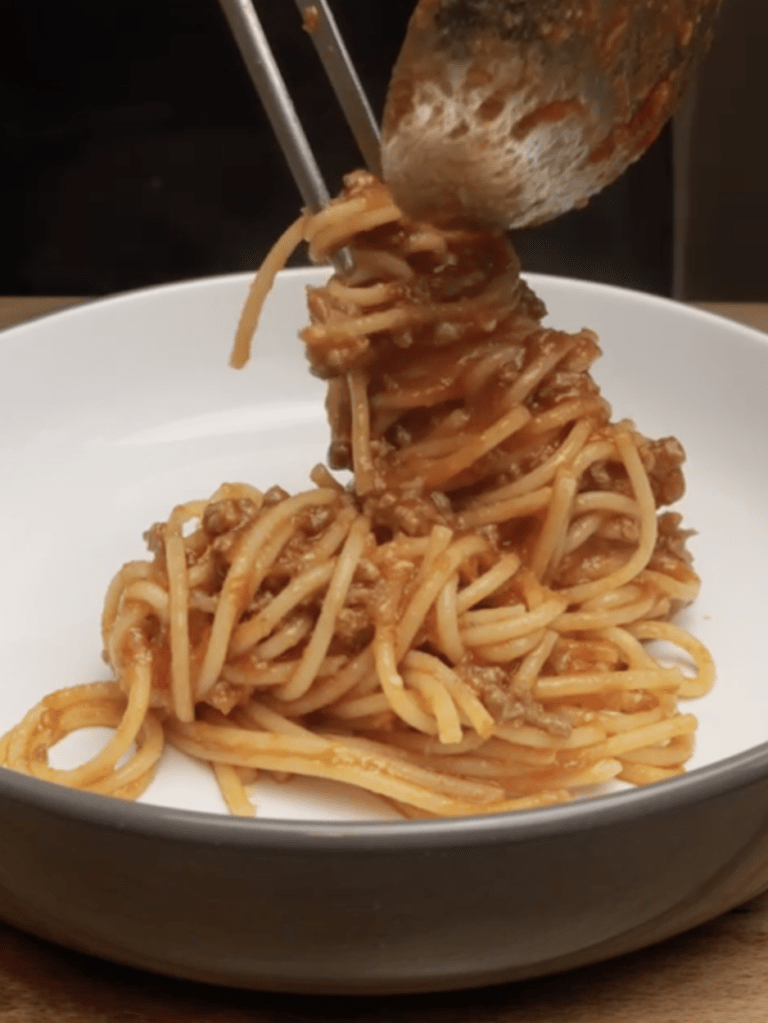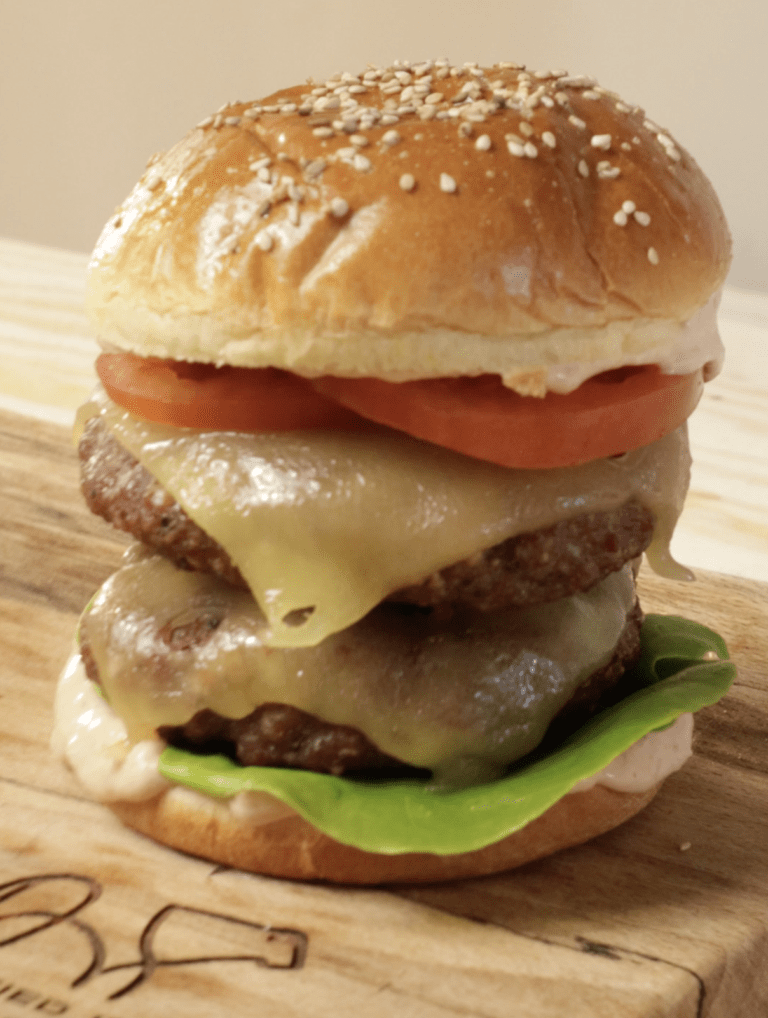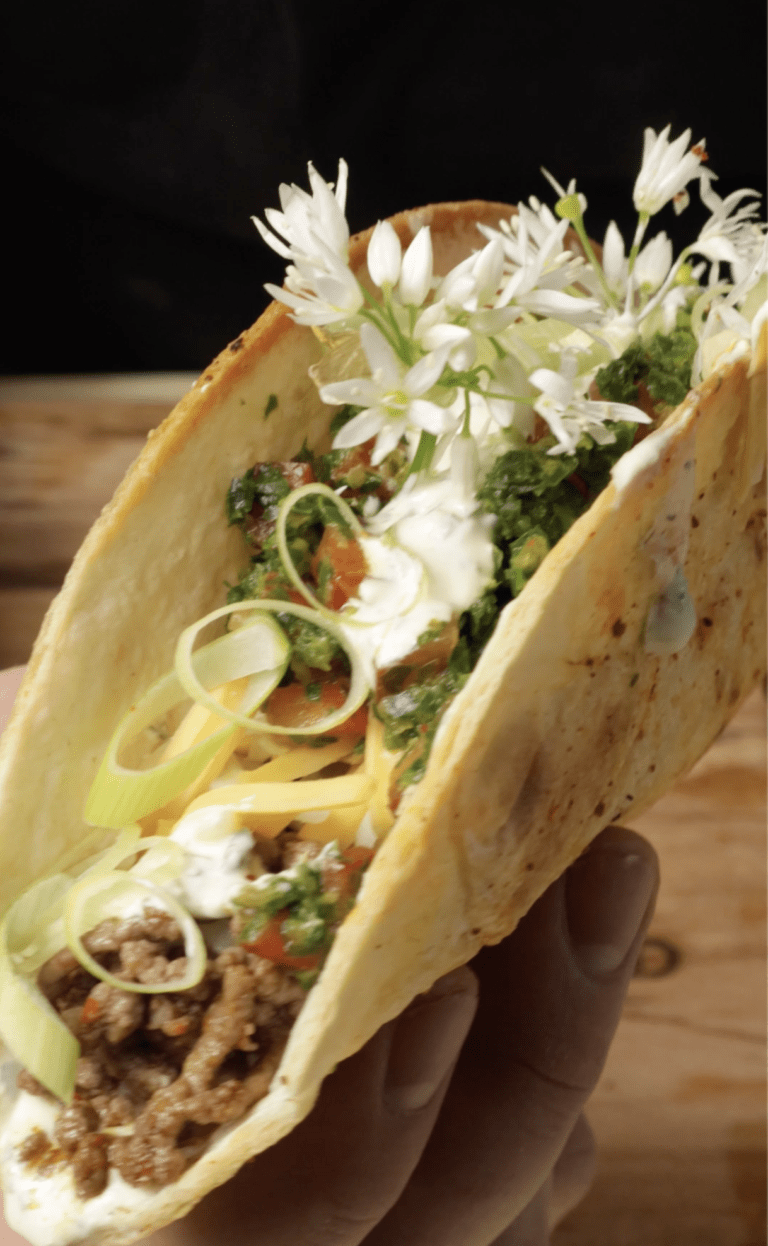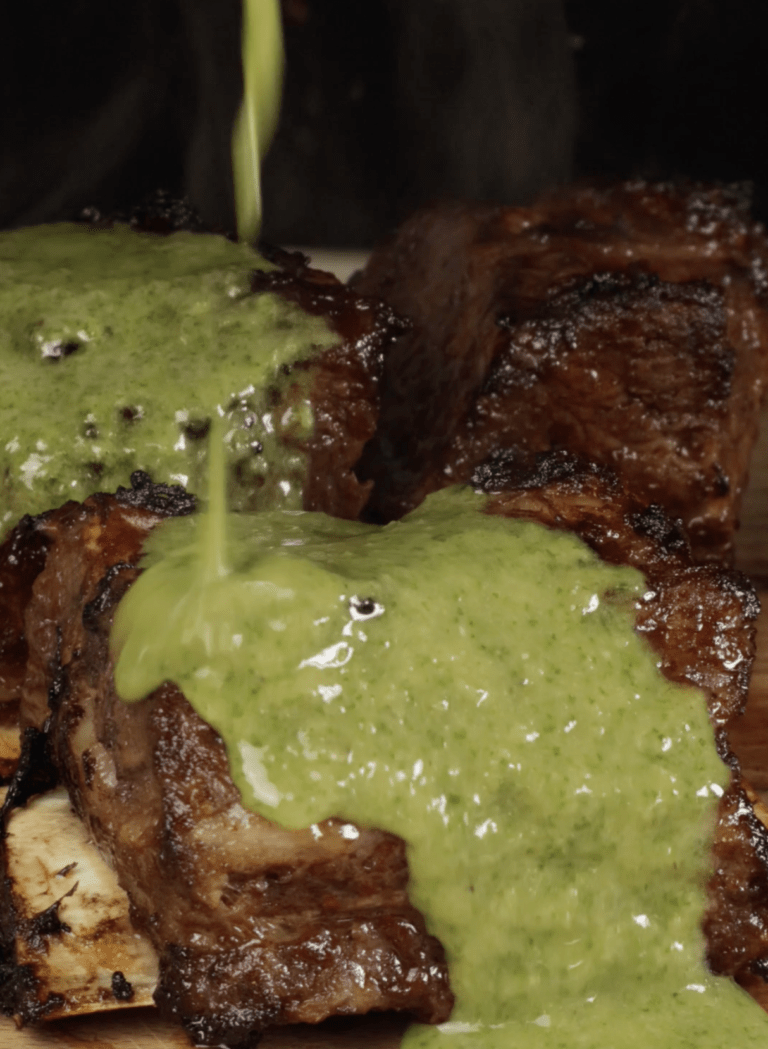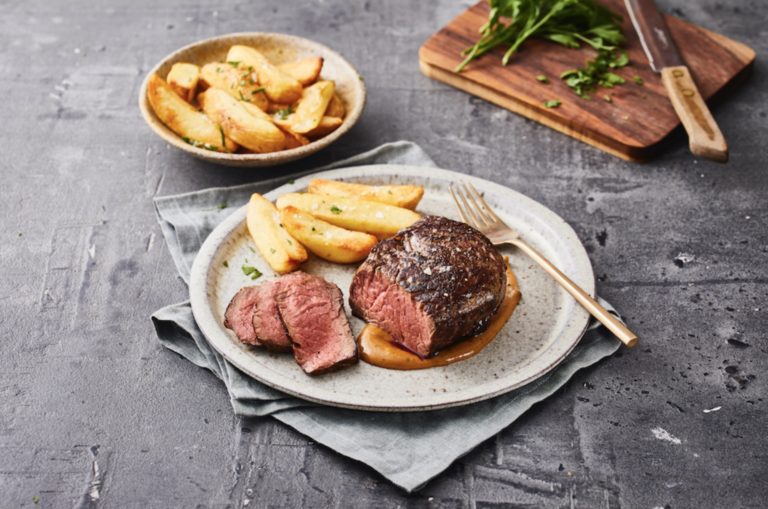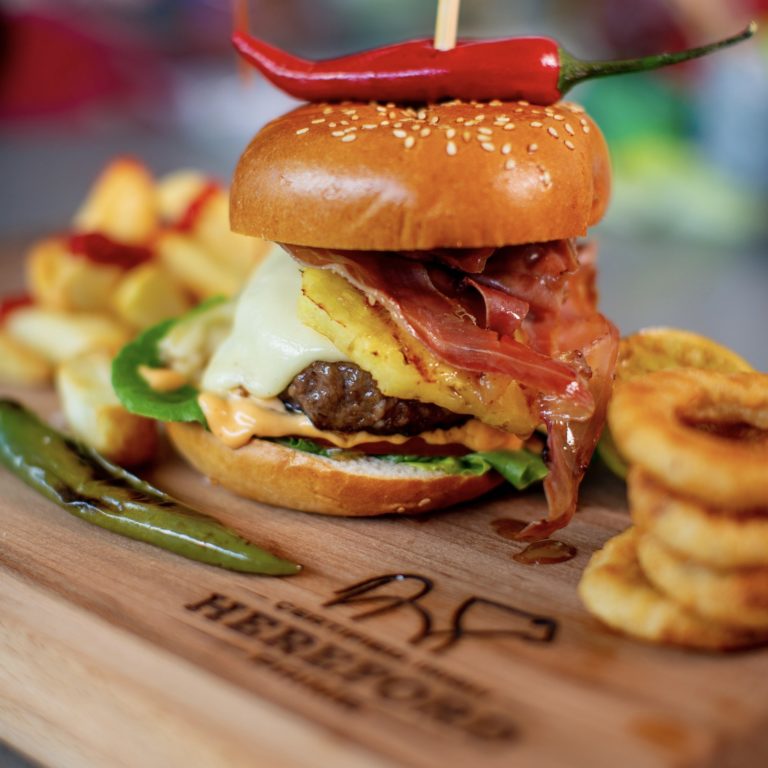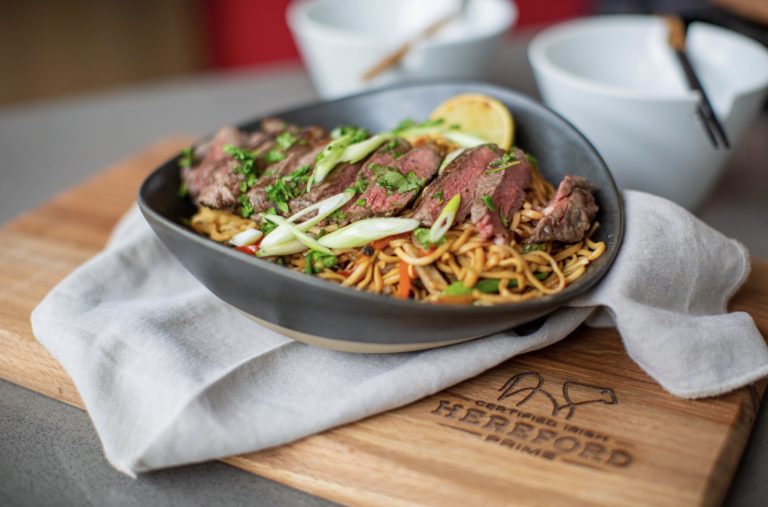Welcome to
SuperValu Signature Tastes
Whenever you treat yourself to beef, Irish Hereford Prime makes the occasion even more special. Signature Tastes is a premium range of carefully chosen products developed to suit Irish tastes. With quality and origin at the core of every product, Irish Hereford Prime are proud to be part of this outstanding, sustainably produced, award winning range available exclusively at SuperValu.
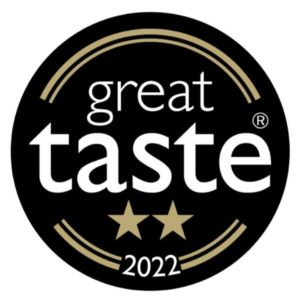
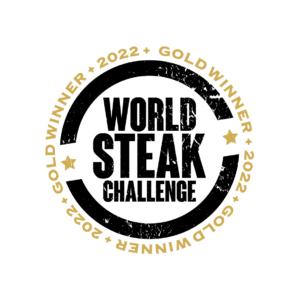
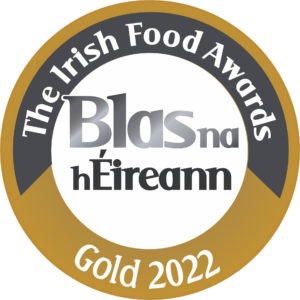
IRISH HEREFORD PRIME
Farmers
Irish Hereford Prime farmers are united by the care they show their animals and their commitment to safeguarding the environment for future generations. Working on small to medium-sized family farms, they provide Hereford cattle with the ideal conditions to naturally produce world-class beef. Keeping Hereford cattle is a clear signal that a farm is dedicated to quality, sustainability and care.
GRASS FED BEEF
The best beef
COOKING TIPS &
Recipes
Farmer-led and member-owned, Irish Hereford Prime was established in 1997 to market Hereford beef as a premium brand synonymous with quality and sustainability. Today, it is Europe’s largest and oldest Hereford producer group with 5,000 members across Ireland.
By maturing early and spending more time grazing outdoors, Herefords have a reduced carbon footprint. Farming in a way that respects the animals and their surroundings, Hereford farmers are protecting this remarkable breed’s future along with the farms that are so essential to its success.
Certified Irish Hereford Prime beef gives consumers complete confidence that a strict set of certification regulations have been followed.
